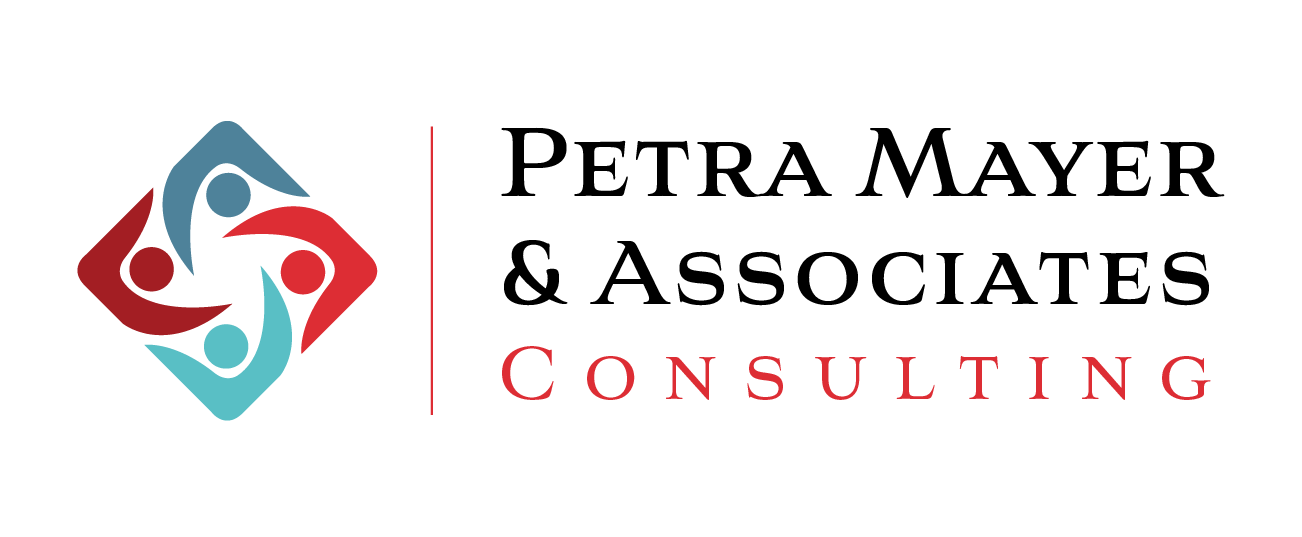Without competent employees driving and sustaining business growth, organisations cannot facilitate effective growth. Yet most employees in the modern workforce often lack important skills and practical knowledge. One can blame the conventional education system for this, but this blame game yields no results until you take the necessary actions to tailor your course design for adults.
So, organisations need to focus their efforts on training their employees and preparing them to take on the challenges of the modern business environment. Nevertheless, training and teaching your adult employees is no walk in the park. Teaching something new to children and adults calls for two very different concepts and approaches.
When children are your target audience, you need to leverage the methods of pedagogy, while teaching adults requires androgyny principles. So continue reading to explore these concepts further and understand how you can use them to your advantage by tailoring your course design for adults.
Emergence Of Pedagogy And Andragogy
The term ‘pedagogy’ has been around for centuries and is much older than andragogy. The concept of pedagogy first emerged in the late or mid-1500s in France. Pedagogy traces its roots back to Greek and Latin, basically translating to a guide or set of principles to teach children. It is largely defined as the art of teaching children in modern days.
On the other hand, andragogy is relatively new and coined by German educator Alexander Knapp back in the 1800s. The term literally translates to effective techniques and methods of teaching and educating adults. Andragogy gained extensive prevalence in the 1960s through the noteworthy work of Malcolm Knowles. Knowles’ primary focus was on teaching adults, and andragogy served as an excellent tool to tailor course design for adults.
Distinction Between Pedagogy And Andragogy
While both pedagogy and andragogy are focused on educating people, there are some significant differences in both concepts. These include:
Definition of Pedagogy
Pedagogy is defined as practices and methods used to teach children, while andragogy is practices and methods used to educate adults.
Focal Point
Pedagogy focuses on educators using innovative tactics to transfer knowledge to students depending on their methods and understandings. On the contrary, andragogy focuses on educating self-directed and independent adults who get a better grasp of knowledge with a more cooperative and indulgent approach to learning.
Authority
In the case of pedagogy, teachers enjoy unmatched control over different aspects of learning experiences among children. As a result, much of what the children learn is based on an inelastic curriculum.
However, andragogy takes a different approach, with adult learners enjoying greater autonomy over their learning experience. Educators in this scenario can leverage different tactics and approaches to keep adult learners motivated and enhance retention.
Significance Of Grades
It doesn’t take that long for a child to come to terms with the significance of their grades. The modern education system mostly focuses on helping students score better marks. Instead, they should focus their efforts on encouraging them to acquire more practical and relevant knowledge. Pedagogy also leverages this very principle to educate children.
However, that is not the case with andragogy because the focus here is to teach adults new things and not just help them acquire better grades. Instead, andragogy focuses on interactive and comprehensible learning with practical applications.
Fundamentals Of Andragogy
Malcolm Knowles developed the theory of andragogy to make learning more effective for adults. The educator explicitly emphasises that adults expect to take responsibility for their decisions along with self-directed learning. To realise better outcomes, one needs to keep in mind certain fundamental aspects of adult learning.
Besides that, andragogy is built on a couple of different assumptions about the learning design:
- Adults prefer experiential learning
- Adults need to know the reason behind learning the new thing
- Adults learn best when the knowledge yields an immediate value
- Adults prefer problem-solving learning
The basic fundamentals of andragogy depict adults prefer process-based instructions over the actual content they learn. So you must leverage practical approaches toward course design for adults that include role-playing games, case studies, simulations, and even self-evaluation. As an instructor, you need to mould yourself into the role of a resources provider or a facilitator rather than a grader or lecturer.
What Makes Andragogy So Important For Employee Training?
The modern business environment is far more challenging than it ever was before. This makes it very important to ensure adults have the necessary skills and knowledge to survive and thrive in this competitive environment. Here is where andragogy becomes a highly effective tool in bridging the gap and ensuring adults are more open to learning and adapting new skills.
But that aside, there are three primary reasons why you need to leverage andragogy to enhance your learning and development modules for adults. These reasons include:
1. Providing Access To Instantly Applicable Lessons
As an instructor, one needs to keep in mind that their adult audiences come well equipped with many real-life experiences. These experiences have a direct impact on their attitude and behaviour towards learning. According to andragogy, adult learners are self-motivated, meaning they want to learn something to add to their wealth of knowledge and experiences.
Thus, when adult learners realise the lesson directly impacts enhancing their existing capabilities, it automatically helps boost engagement. Besides, knowing that adults already have the right sets of skills and experiences allows you to curate your content accordingly. As a result, this helps enhance the overall effectiveness of learning while keeping adult learners motivated.
2. Promoting Flexibility And Independence In Learning
Andragogy could not be more clear and transparent about the need for independence and flexibility in adult learning. Adults are more eager to take charge of their own learning journeys. Since different adults have different lifestyles and schedules, their learning and development need to bode into their existing schedules. This makes flexibility very important, as clarified in andragogy principles.
The learning efforts must be dependent on the needs and goals of adult learners. So putting andragogy at play, you can seamlessly promote independence among adult learners. This automatically has its own benefits as they will see the training as more of an opportunity to learn and upskill rather than a simple requirement.
3. Learning Solely Centred Around Agility And Problem Solving
Adults are already busy with their existing lifestyles, making it challenging for them to dedicate excess time to their training. They have to choose between gaining knowledge on the job or spending less time on training.
In most cases, they need the training only when there is a relevant problem. So you need to ensure your training resources equip them with the skills and knowledge to solve such issues.
Andragogy allows you to deliver learning models relevant to the problems they face and attempt to solve. Ensure that you deliver the content in smaller portions making it easier for them to comprehend and retain the relevant knowledge.
Final Thoughts
Learning is an integral part of growing as a human. Both pedagogy and andragogy are important in making a person what they are. As an instructor, you must recognize when to use which one by tailoring your course design for adults, enhancing the effectiveness of your lessons.
In the professional world, andragogy offers most of the answers instructors have associated with learning and development programs. From designing the lessons to executing them, andragogy will guide you through all of them. So use it to your proper advantage and create a better learning experience for adults.

